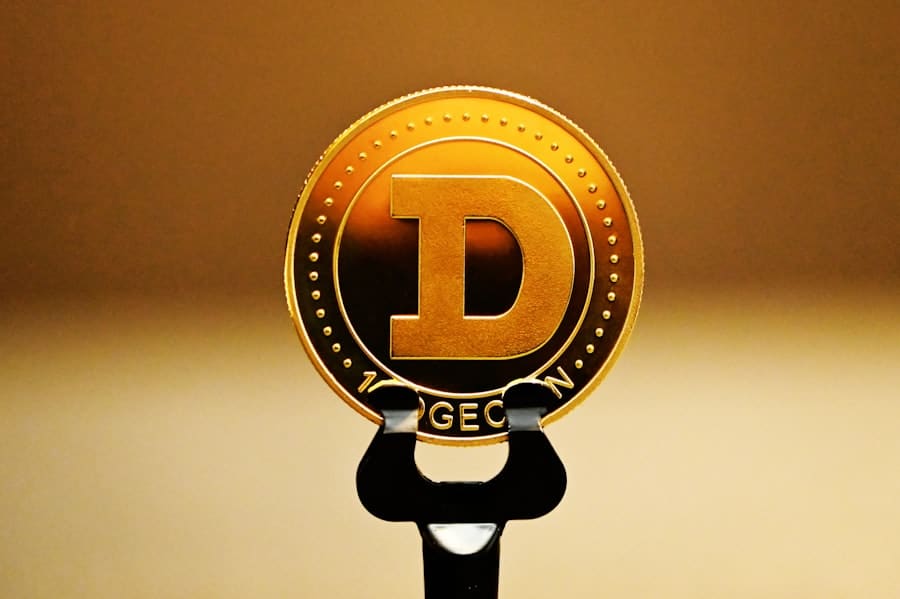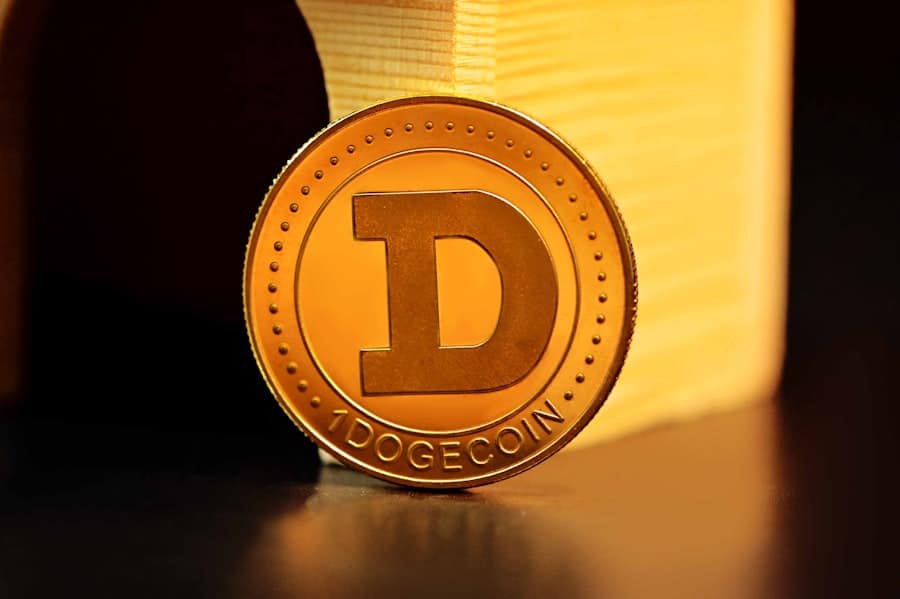Digital badging is a modern approach to recognizing and validating skills, achievements, and competencies in a digital format. Unlike traditional certificates or diplomas, which are often static and limited in scope, digital badges are dynamic and can encapsulate a wide range of information about the holder’s accomplishments. Each badge is typically embedded with metadata that provides context, such as the criteria for earning the badge, the issuing organization, and the date it was awarded.
This metadata not only enhances the badge’s credibility but also allows for a more nuanced understanding of what the badge represents. The concept of digital badging has gained traction in various sectors, particularly in education and professional development. As technology continues to evolve, so does the way we recognize and validate learning.
Digital badges serve as a bridge between informal and formal learning experiences, allowing individuals to showcase their skills in a manner that is easily shareable across digital platforms. This innovation reflects a shift towards more personalized and competency-based learning pathways, where individuals can curate their own educational journeys and demonstrate their unique skill sets to potential employers or educational institutions.
Key Takeaways
- Digital badging is a way to recognize and showcase skills and achievements in a digital format.
- The benefits of digital badging include increased motivation, recognition of non-traditional skills, and improved job prospects.
- Digital badging works by awarding badges for specific skills or achievements, which can be displayed on digital platforms.
- In education, digital badging can provide a more holistic view of a student’s abilities and offer alternative pathways for learning.
- In the workplace, digital badging can help employers identify and verify specific skills and competencies in potential employees.
The Benefits of Digital Badging
Accurate Assessment and Enhanced Motivation
This specificity enables employers and educational institutions to assess candidates more accurately based on their actual skills rather than relying solely on generalized degrees. Moreover, digital badges enhance motivation and engagement among learners, as the gamification aspect of earning badges encourages individuals to pursue additional learning opportunities and challenges.
Incentivizing Learning and Fostering Accomplishment
For instance, an online learning platform might offer badges for completing modules, participating in discussions, or achieving high scores on assessments. This system not only incentivizes learners to engage more deeply with the material but also fosters a sense of accomplishment as they accumulate badges that reflect their progress.
How Digital Badging Works

Digital badging operates through a combination of technology and standards that ensure the integrity and interoperability of badges across different platforms. At its core, the process begins with an organization or institution defining the criteria for earning a badge. This may involve completing specific tasks, demonstrating particular skills, or achieving certain milestones.
Once these criteria are established, the organization can issue badges to individuals who meet the requirements. The issuance of a digital badge typically involves using a badge management system that allows for the creation, distribution, and verification of badges. These systems often utilize open standards such as the Open Badges specification developed by the Mozilla Foundation.
This specification ensures that badges can be easily shared across various platforms and that they contain verifiable metadata. When an individual earns a badge, it is stored in their digital wallet or profile, which can be shared with potential employers or educational institutions through links or embedded code. This seamless sharing capability enhances the visibility of an individual’s achievements and facilitates recognition in diverse contexts.
The Role of Digital Badging in Education
In the realm of education, digital badging has emerged as a transformative tool that complements traditional assessment methods. Educational institutions are increasingly adopting digital badges to recognize student achievements beyond conventional grading systems. For instance, universities may issue badges for completing extracurricular activities, participating in research projects, or mastering specific skills relevant to their field of study.
This approach not only acknowledges diverse learning experiences but also encourages students to engage in holistic development. Furthermore, digital badging supports personalized learning pathways by allowing students to pursue interests at their own pace. For example, an online course might offer badges for various levels of mastery in a subject area, enabling learners to progress from beginner to advanced levels based on their individual efforts and achievements.
This flexibility empowers students to take ownership of their learning journeys while providing educators with valuable insights into student progress and areas for improvement. As a result, digital badging fosters a more learner-centered approach that aligns with contemporary educational philosophies emphasizing competency-based education.
Digital Badging in the Workplace
In professional settings, digital badging serves as a powerful tool for talent development and workforce management. Employers are increasingly recognizing the value of digital badges as indicators of employee skills and competencies. For instance, companies may issue badges for completing training programs, mastering new technologies, or achieving performance goals.
This practice not only enhances employee motivation but also provides organizations with a clearer understanding of their workforce’s capabilities. Moreover, digital badging facilitates career advancement by allowing employees to showcase their skills in a visually appealing format. Job seekers can include their earned badges on resumes or professional networking profiles like LinkedIn, making it easier for potential employers to assess their qualifications at a glance.
This visibility can be particularly advantageous in competitive job markets where candidates are vying for positions that require specific skill sets. By leveraging digital badges, individuals can differentiate themselves from other applicants and demonstrate their commitment to continuous learning and professional development.
How to Earn Digital Badges

Earning digital badges typically involves engaging with specific learning experiences or completing designated tasks set forth by an issuing organization.
Many educational institutions and online platforms offer courses or programs that culminate in the awarding of badges upon successful completion.
For example, an online coding bootcamp might provide badges for mastering different programming languages or completing projects that demonstrate coding proficiency. Once an individual has identified a relevant opportunity, they must actively participate in the learning process and meet the established criteria for earning the badge. This may involve completing assignments, passing assessments, or demonstrating skills through practical applications.
Upon fulfilling these requirements, the issuing organization will verify the individual’s accomplishments and award the corresponding badge. The entire process is designed to be transparent and accessible, allowing learners to track their progress and understand what is required to achieve each badge.
The Future of Digital Badging
As technology continues to advance and the landscape of education and employment evolves, the future of digital badging appears promising. One potential direction is the increased integration of artificial intelligence (AI) and machine learning into badge systems. These technologies could enhance the personalization of learning experiences by analyzing individual performance data and recommending tailored pathways for skill development.
For instance, AI algorithms could suggest specific courses or training programs based on an individual’s existing badges and career aspirations. Additionally, as more organizations adopt digital badging practices, there may be a push towards standardization across industries. Establishing common frameworks for what constitutes valid skills and competencies could enhance the credibility of digital badges and facilitate their acceptance among employers and educational institutions alike.
This standardization could lead to greater interoperability between different badge systems, allowing individuals to curate comprehensive profiles that reflect their diverse skill sets regardless of where they earned their badges.
Challenges and Criticisms of Digital Badging
Despite its many advantages, digital badging is not without its challenges and criticisms. One significant concern revolves around the potential for badge inflation—wherein an excessive number of badges may dilute their value and significance. As more organizations issue badges for various achievements, there is a risk that employers may struggle to discern which badges genuinely reflect meaningful skills versus those that are merely superficial recognitions.
Another challenge lies in ensuring equitable access to digital badging opportunities. While many online platforms offer free or low-cost courses that culminate in badges, disparities in access to technology and resources can create barriers for certain populations. Individuals from underprivileged backgrounds may find it difficult to participate in badge-earning opportunities due to financial constraints or lack of access to reliable internet connections.
Addressing these inequities will be crucial for ensuring that digital badging serves as an inclusive tool for skill recognition rather than exacerbating existing disparities in education and employment. In conclusion, while digital badging presents exciting possibilities for recognizing skills and achievements across various domains, it also necessitates careful consideration of its implementation and impact on learners and professionals alike. As this innovative approach continues to evolve, stakeholders must work collaboratively to address challenges while maximizing its potential benefits for individuals seeking to navigate an increasingly complex landscape of education and employment.
Digital badging is revolutionizing the way we recognize and showcase our micro-skill achievements. As we delve deeper into the world of digital credentials, it’s important to have the right tools at our disposal. One such tool is 3D modeling software, which can help us bring our creative visions to life. Check out this article on the best free software for 3D modeling in 2023 to discover the top tools available for honing your design skills. Whether you’re a digital artist or a hobbyist, having the right software can make all the difference in showcasing your talents.
FAQs
What is digital badging?
Digital badging is a method of recognizing and validating an individual’s skills, achievements, and knowledge in a specific area. It involves the awarding of a digital badge, which is a visual representation of the accomplishment, often linked to detailed information about the criteria and evidence behind the badge.
How does digital badging work?
Digital badging works by allowing individuals to earn badges by demonstrating specific skills or completing certain tasks. These badges are then stored and displayed digitally, often on platforms such as LinkedIn or personal websites, allowing others to easily see and verify the individual’s achievements.
What are micro-skills?
Micro-skills are small, specific abilities or knowledge that contribute to a larger skill set. They are often focused on a narrow aspect of a particular skill or competency, and can be quickly learned and applied.
How does digital badging recognize micro-skill achievements?
Digital badging recognizes micro-skill achievements by awarding badges for the demonstration of these specific, narrow abilities. This allows individuals to showcase their proficiency in a particular micro-skill, providing a more detailed and granular view of their overall capabilities.
What are the benefits of using digital badging to recognize micro-skill achievements?
Some benefits of using digital badging to recognize micro-skill achievements include providing a more detailed and comprehensive view of an individual’s capabilities, allowing for easier verification of skills and achievements, and enabling individuals to showcase their expertise in specific areas. Additionally, digital badging can help to motivate and incentivize individuals to develop and demonstrate their micro-skills.

